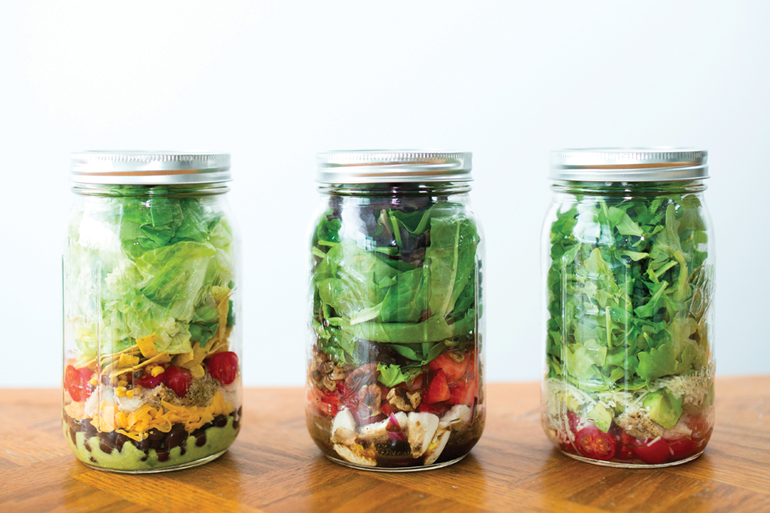When my friend told me she had gone zero waste, my first thought was, “Wow, you’re crazy.” However, as she told me about the logistics, it became clear that going zero waste was not only feasible, but actually easy.
First off, let’s define zero waste. Zero waste, for our intents and purposes, means that you can’t buy anything that produces waste, AKA whatever is not compostable or recyclable.
Sounds impossible? Hardly surprising; the average American meal consists of a peanut butter and jelly sandwich. The bread is packaged in plastic (no), the peanut butter in plastic (no), and the jelly is glass (ok). What do you eat? How do you live?
Here’s how to go zero waste without going insane:
1. Live in the bulk section.
Photo by Helen Poon
Buying from the bulk section reduces waste from packaging, since food is sold in bins to be placed in bags or reusable jars. Whole Foods, for example, sells anything from flour and nuts to shampoo in bulk, and even provide shoppers with containers (at a small price). A caveat to this, though, is that animal products aren’t generally sold in bulk, so if you’re a die-hard meat eater with no access to a farmers market, going completely waste free may be difficult.
2. Utilize the farmers’ market.
Photo Courtesy of Annabel Epstein
Farmers’ markets often have the items you need, without the packaging common to grocery stores. If you want to reduce waste without cutting back on animal products, this is a great place to shop for your bread, eggs, and meat while still getting your fruits and vegetables.
3. Make your own staples.

Photo Courtesy of Maggie Gorman
Miss your soymilk? Make it! Buy your beans in bulk and make the milk at home, a method that is surprisingly easy and cost effective. Same goes for hummus, nut butters, granola and even jellies.
4. Plan out your meals.

Photo Courtesy of Bernard Wen
Planning out meals ahead of time is essential if you’re looking to reduce waste. Many of the quick-meal staples, like bread and frozen dinners, come in heavy amounts of plastic packaging. Planning meals ahead ensures that you will have the ingredients on hand to make a quick and hearty dinner, while also making shopping infinitely easier and reducing food waste from food that inevitably goes bad before we can eat it. Aim to cook 2-3 dishes a week, with enough leftovers for multiple meals, to keep you happy and healthy.
5. Reuse.
Photo by Helen Poon
Have an empty coconut oil jar? Reuse it! Take it with you when you shop, have it weighed, and then use it as a vessel for your bulk section purchases.
The best part: Because most of your food will be vegetables or bought in bulk, you’ll actually become healthier. How? Zero waste means the near elimination of processed foods from your pantry, making your diet incredibly clean and natural.
Staying healthy while saving the environment? You have to admit, it sounds like a good plan.


